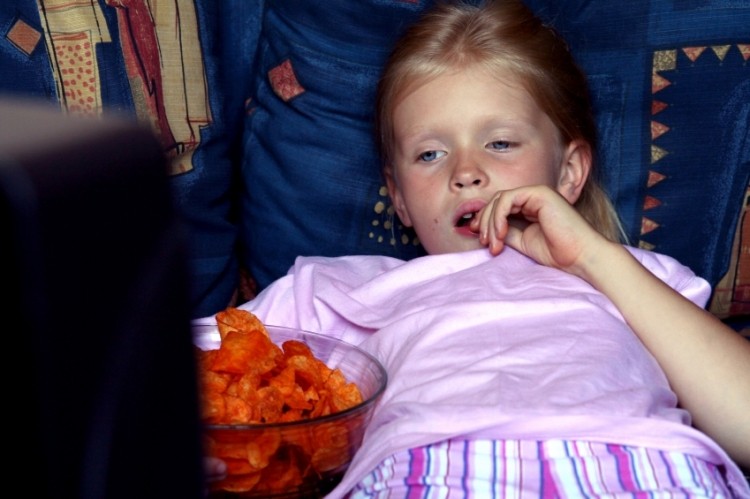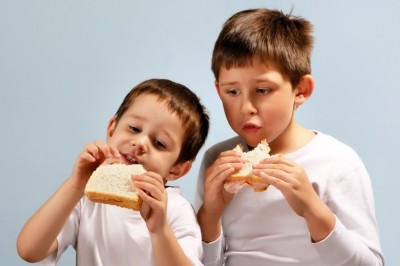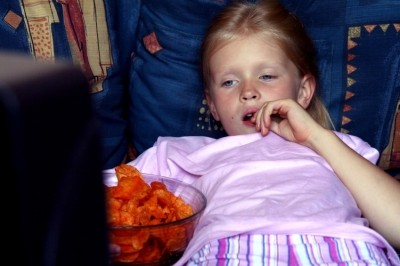Kids seeing fewer TV ads for sweets and snacks, study finds

Researchers from the University of Illinois at Chicago writing online in the Archives of Pediatric and Adolescent Medicine, examined television ratings data from Nielsen Media Research for all food-related television advertisements in 2003, 2005, 2007, and 2009.
They found that children aged 2 to 5 saw an average of 10.9 food-related television advertisements each day in 2009, down 17.8 percent from 2003, while 6- to 11-year-olds saw 12.7 food ads, down 6.9 percent on 2003. The largest reduction was for sweets ads, which fell by 55.1 percent among the younger age group and 44 percent among the 6- to 11-year-old group. Exposure to beverage ads fell 40 percent.
However, the researchers found that in 2009, 86 percent of ads targeted at children under 11 still featured products that were high in saturated fat, sodium or sugar, leading the researchers to suggest that industry self-regulation via the voluntary Children’s Food and Beverage Advertising Initiative (CFBAI) has not done enough to reduce children’s exposure to advertisements less healthy foods.
“Continued monitoring of children’s overall exposure and exposure on children’s programming is clearly needed. If continued monitoring shows minimal further reductions in food-related advertising exposure and/or little improvement in the nutritional content of food and beverage advertisements seen by children, then formal governmental intervention may be warranted,” the authors wrote.
The CFBAI was set up in 2006, with and pledged to “shift the mix of advertising messaging directed at children to encourage healthier dietary choices and healthier lifestyles”. Seventeen major food and beverage companies have joined the program.
Responding to the research, vice president and director of the initiative Elaine Kolish said: “We are pleased that the new study shows progress is being made. The study, however, fails to capture all the meaningful changes that have occurred under self-regulation.”
Kolish claims that food advertising primarily directed to children under 12 has changed dramatically in recent years. She said that cereals advertised to children had 15 or 16 grams of sugar per serving before the CFBAI program was implemented, but now have no more than 12g per serving. She also said that all soups advertised to children now meet the Food and Drug Administration’s ‘healthy’ definition.
In addition, she said that the results of this latest study could be misleading because the researchers examined all television advertisements to which children were exposed, rather than those directed specifically to children.










